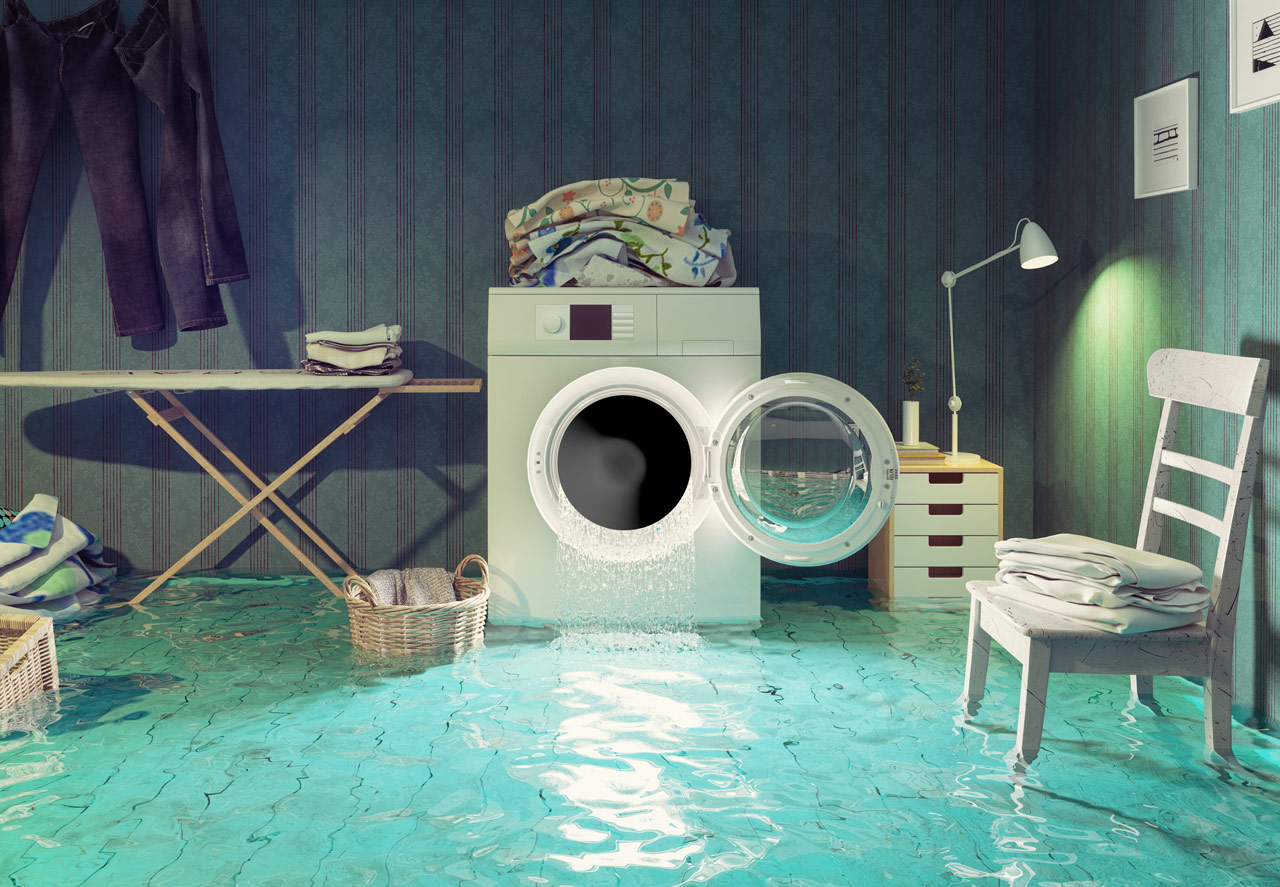There are a few reasons why experts recommend that you begin flood clean-up within 24 hours. The first is simply about your safety. Waterlogged homes are the perfect breeding ground for bacteria, mold, and pathogens. Twenty four hours after a flood, toxic mold can begin to grow that puts your health and the health of your family members at risk. The odds of bad bacterial growth surge again after the 48-hour mark.
The Risks of Mold
Exposure to mold can cause many health concerns. You may develop irritation in your throat, eyes, and nose along with increased phlegm. You may find your asthma symptoms worsen. Even if you don’t have asthma, the mold may make your wheeze, cough, and feel short of breath.
Once mold has developed you need the help of a certified mold inspector to ensure that the mold is removed. This can raise the costs of your clean-up. It’s better to just not let mold develop in the first place.
Other Complications from Slow Flood Clean-Up
Mold and bacteria aren’t the only problems that come with a slow response to flooding. Often they bring odor with them. The smell from flooded clothing, furniture, and carpet is like the smell you get from leaving your clothes in the washing machine overnight, but worse, and harder to remove. Once it has developed, you’ll need to use odor absorbing products to reduce it and cleaning agents to target the bacteria that creates the smell.
Of course, if you’ve flooded from a sewer line break, or if your whole area has flooded, there will likely be sewer material absorbed into your possessions. That will bring along its own smells and make pathogen growth even more likely.
Advantages of Addressing Water Damage Right Away
The less time the water has to penetrate deeply into materials, the less damage it will cause and the more effective the cleaning process will be. Not only does this mean that we may be able to salvage more of your possessions that you’ll find hard to replace, it means you’ll have reduced replacement costs.
Those items that have porous surfaces are more likely to be affected by flood water right away. Drywall, ceiling tiles, and flooring are all usually porous and may all be saved if you get a clean-up crew in right away. The sooner we can examine these items the more likely we’ll be able to salvage them. On the other hand, items with hard, nonporous surfaces are more likely to survive a 24 to 48-hour wait. These surfaces will generally be our second priority as we clean your home.
If your home has suffered a flood, whether large or small, it’s critical to call a flood clean-up team within the first 24 hours, so they can arrive by the first 48 hours. This will minimize the health risks of flooding and save you money on cleaning and replacing damaged items.











